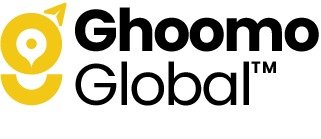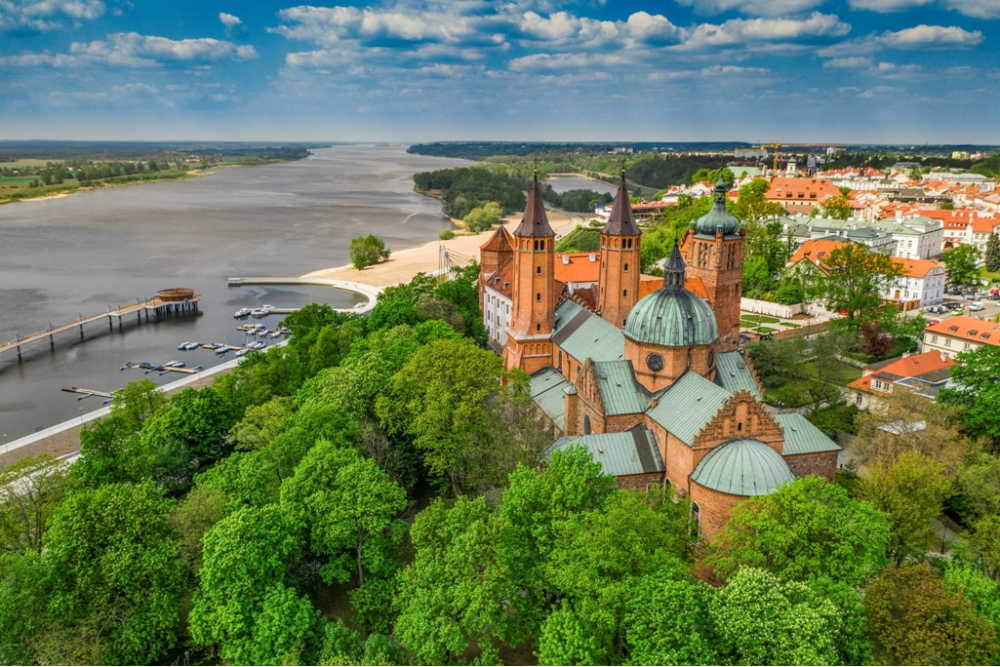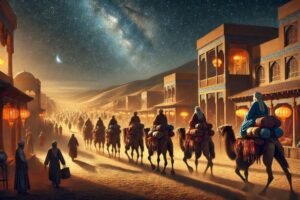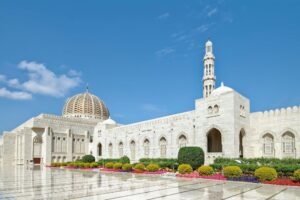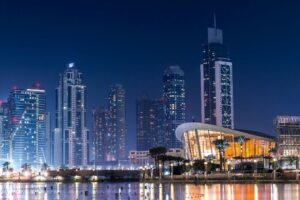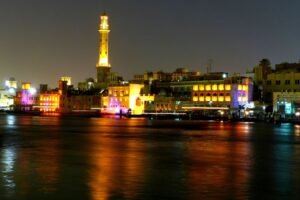Vietnam, with its stunning landscapes, rich history, and diverse culture, is a destination that captivates travelers year-round. However, choosing the right time to visit can significantly enhance your experience. This seasonal travel guide will help you navigate the best times to explore Vietnam, considering weather, festivals, and activities.
Overview of Vietnam’s Climate
Vietnam stretches over 1,000 miles, resulting in varied climates across its regions. Generally, the country experiences three main seasons: dry, wet, and cool. Understanding these climate patterns is crucial for planning your trip.
1. Northern Vietnam (Hanoi, Halong Bay, Sapa)
- Dry Season: November to April
- Wet Season: May to October
- Cool Season: December to February (temperature can drop to around 10°C or 50°F)
2. Central Vietnam (Hue, Da Nang, Hoi An)
- Dry Season: February to August
- Wet Season: September to January (typhoons can occur)
3. Southern Vietnam (Ho Chi Minh City, Mekong Delta, Phú Quốc)
- Dry Season: December to April
- Wet Season: May to November (short but heavy rainfalls)
Seasonal Breakdown
Spring (March to April)

Overview
Spring is one of the best times to visit Vietnam, particularly in the north. The weather is mild, flowers bloom, and the country celebrates several festivals.
Highlights
- Hanoi: Enjoy the vibrant atmosphere during the Hung Kings’ Festival (usually in March), which honors Vietnam’s first kings.
- Halong Bay: Ideal for cruises, with clear skies and pleasant temperatures.
- Sapa: Beautiful terraced rice fields begin to turn green, making it perfect for trekking.
Summer (May to August)
Overview
Summer can be hot and humid, especially in the south, but it’s also a vibrant time filled with festivals and beach activities.
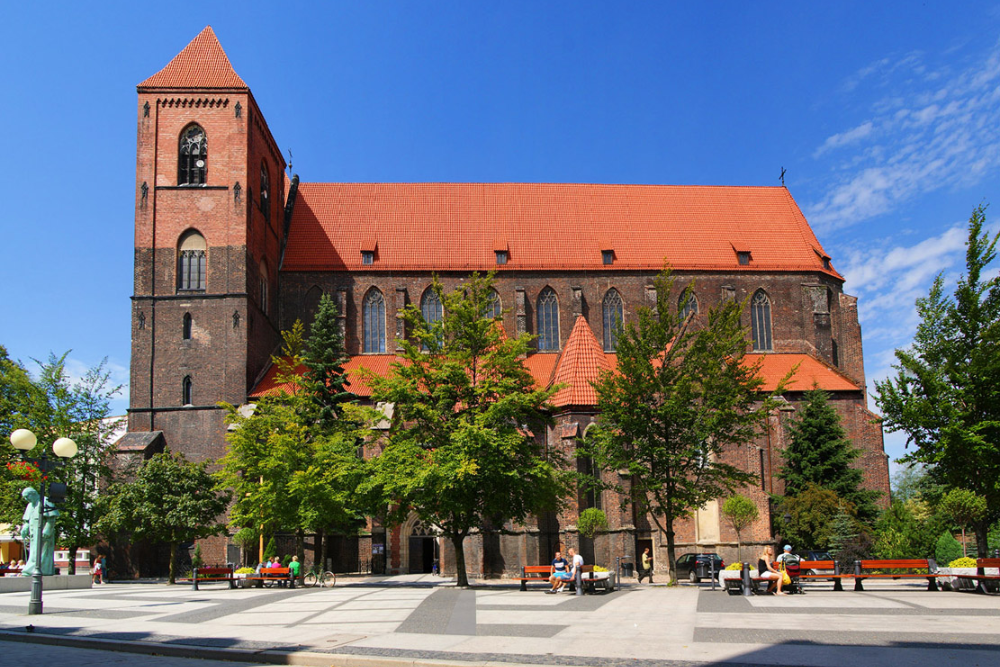
Highlights
- Ho Chi Minh City: Experience the International Fireworks Festival in June, showcasing stunning displays.
- Mekong Delta: The wet season starts, but this is the best time to explore the lush landscapes.
- Central Vietnam: Ideal for beach lovers; visit Da Nang and Hoi An for sunshine and water activities.
Autumn (September to November)
Overview
Autumn is characterized by cooler temperatures and clear skies, especially in the north. It’s a great time for outdoor activities and cultural experiences.
Highlights
- Hanoi: The streets are filled with seasonal street food, particularly Bánh Tôm (shrimp cake) and Cốm (green rice).
- Halong Bay: Less crowded than summer, providing a more serene experience.
- Hue: Attend the Festival of Hue, celebrating the cultural heritage of the city with traditional performances and food.
Winter (December to February)
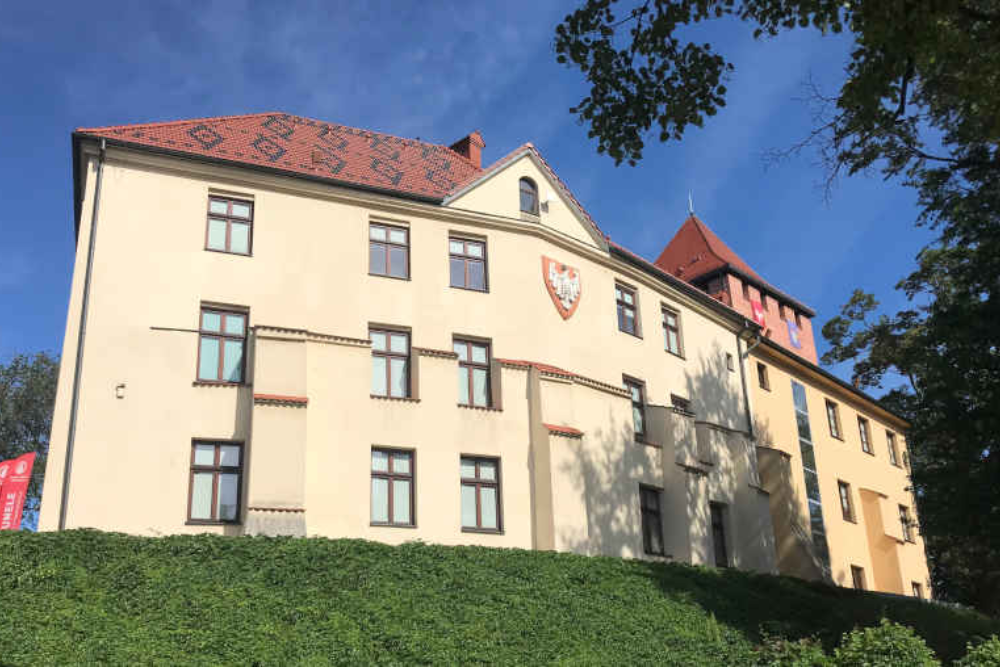
Overview
Winter brings cooler temperatures, especially in the north, but it can still be a good time to visit if you prefer fewer crowds.
Highlights
- Hanoi: Experience the unique Tết Nguyên Đán (Lunar New Year) celebrations, which usually occur in January or February. This is the most significant festival in Vietnam, filled with family gatherings, decorations, and traditional foods.
- Sapa: If you’re a fan of winter sports, Sapa sometimes sees snow, making it a rare experience in Vietnam.
- Ho Chi Minh City: Warmer than the north, with plenty of holiday festivities.
Regional Considerations
Northern Vietnam
- Best Time: March to April and September to November for mild weather.
- Festivals: Don’t miss the Mid-Autumn Festival in September, especially in Hanoi.
Central Vietnam
- Best Time: February to August for dry and sunny weather.
- Festivals: The Hue Festival in April and various beach festivals throughout the summer.
Southern Vietnam
- Best Time: December to April for dry and cooler conditions.
- Festivals: Enjoy the vibrant Tet Festival in January or February, marking the Lunar New Year.

Practical Tips for Travelers
- Book in Advance: If you’re traveling during peak seasons or festivals, make your reservations early for accommodations and tours.
- Pack Accordingly:
- Northern Vietnam: Bring layers for cooler temperatures, especially in winter.
- Central Vietnam: Sunscreen and light clothing for the beach.
- Southern Vietnam: Light, breathable clothing for humidity.
- Check Local Events: Look out for local festivals and events happening during your visit, as they can greatly enhance your experience.
Conclusion
The best time to visit Vietnam largely depends on the regions you want to explore and the experiences you seek. Whether you prefer the vibrant festivals of spring, the serene beauty of autumn, or the sunny beaches of summer, Vietnam offers something for every traveler. By understanding the seasonal variations and planning accordingly, you can make the most of your trip and create unforgettable memories in this beautiful country.
